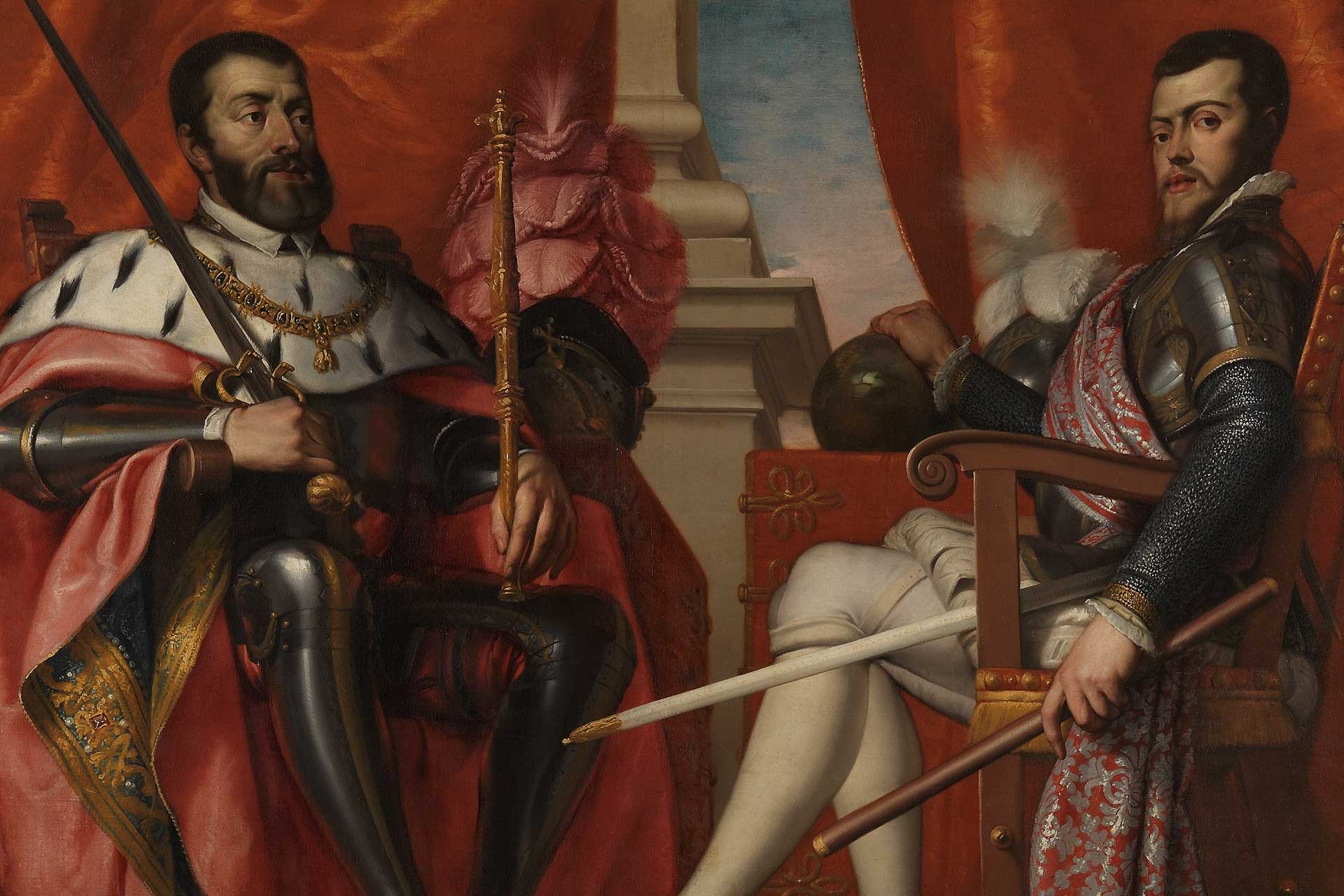This is not a comprehensive list, but a collection of the most notable figures that you will see commonly referenced in history texts and academic works.
A note on language: when there is an international or English-language name in common use, that will be used. The version of the name in the individual’s modern local vernacular will follow with the two-letter language code.
Contents
Philip II, Habsburg King of Spain
Felipe II Habsburgo Rey de España (ES)
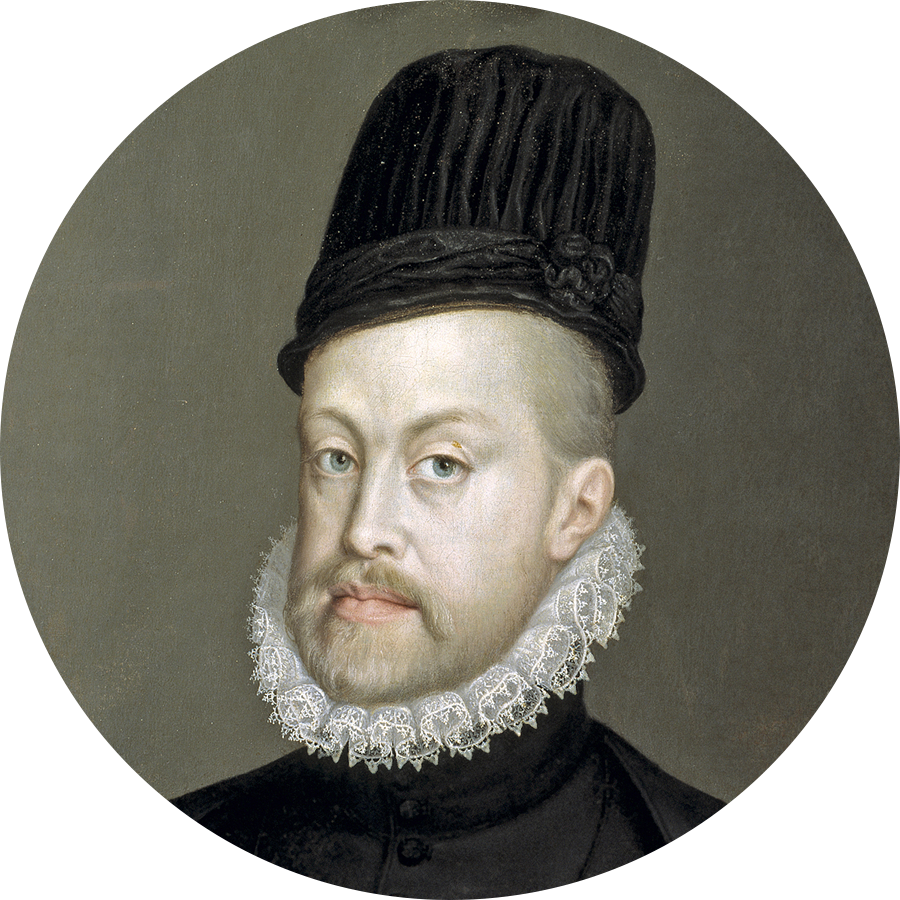
1527-1598: Ruler of a worldwide empire, his policies would ferment a rebellion that would lead to eighty years of war. Administrative policies disregarded rights and traditions held dearly by nobles and provincial governments, an uncompromising Catholic faith prevented any chance of a moderate religious peace, and an inability to regularly pay his mercenary soldiers resulted in mutinies that savaged the Flemish and Dutch countryside.
For More: Henry Kamen, Philip of Spain and Geoffrey Parker, Imprudent King: a New Life of Philip II
Margaret of Parma
Margherita di Parma (IT)
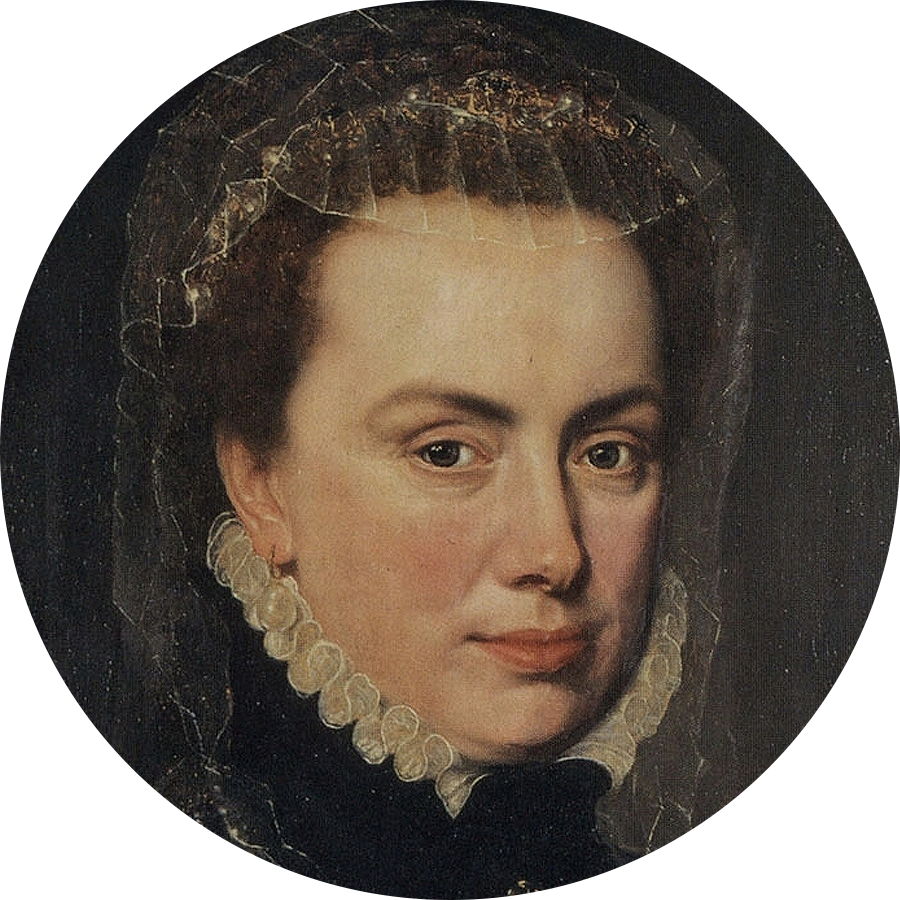
1522-1586: Margaret’s childhood and early life were dominated by the political machinations of her father, Charles V, who had her married into the high nobility of the northern Italian states (in the context of his own ambitions and the Italian Wars). As the elder half-sister of Philip II, she was made Governor-General of the Netherlands in 1559. She deftly attempted to keep the region from dissolving into chaos, but was rebuked by her brother. Replaced, she would return to Italy.
For More: Charles R. Steen, Margaret of Parma: a Life
Fernando Álvarez de Toledo, Duke of Alba
Fernando Álvarez de Toledo y Pimentel, Gran Duque de Alba (ES)
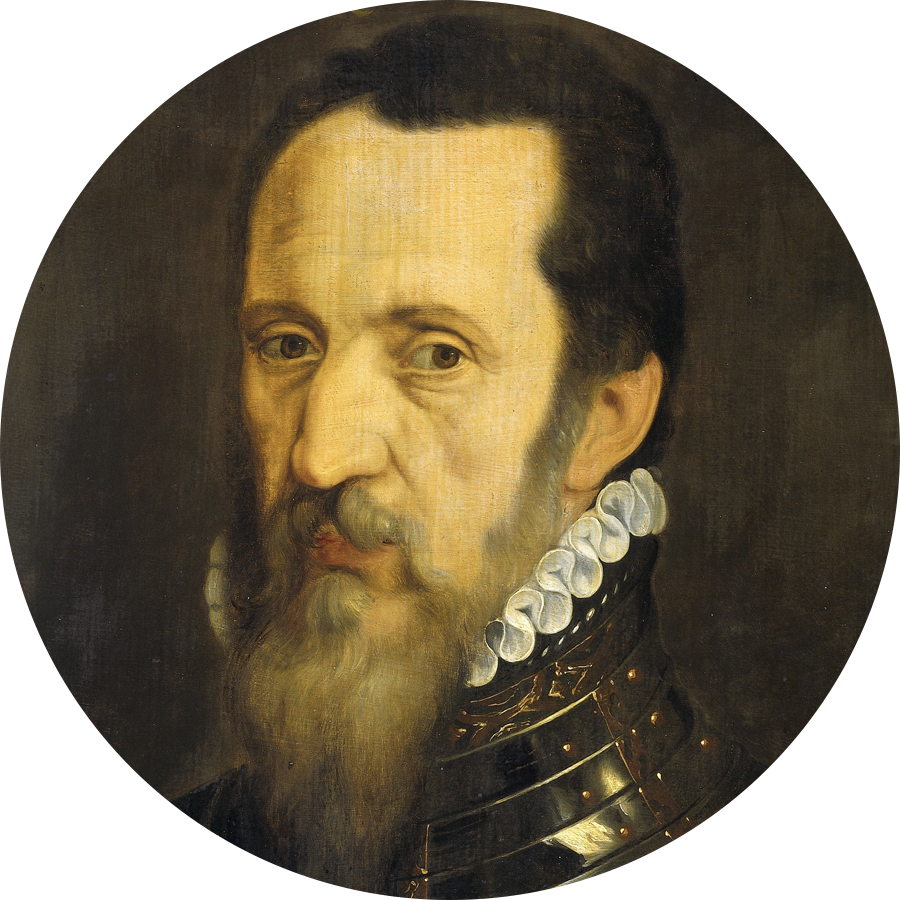
1507-1582: The Duke of Alba was a lifelong soldier and statesman in loyal service first to Charles V and then his son, Philip II. A disciplined, brutal leader, his 1567 arrival to the Low Countries was a clear message to the rioters and “beggars.” He would set up draconian means to restore order: heavy taxes and the formation of a Council of Troubles that would see over a thousand executed and an estimated 60,000 flee into exile. His success came at a cost: deep unpopularity and growing resentment that would again erupt into revolt.
For More: Henry Kampen, The Duke of Alba and Tom English, “The Contested Legacy of The Iron Duke, Fernando Álvarez de Toledo”
Alexander Farnese, Duke of Parma
Alejandro Farnesio, Duque de Parma (ES)
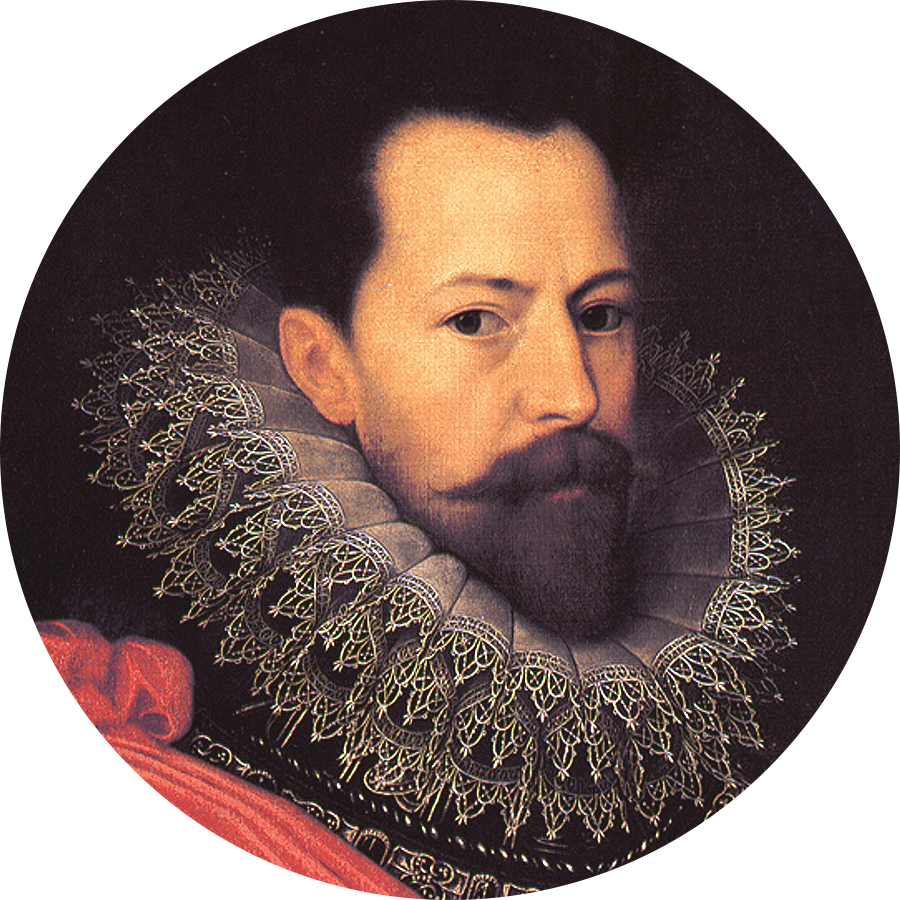
1545-1592: The son of Margaret Parma – and nephew of Philip II – Alexander was made Govenor-General of the Netherlands in 1578 following the death of Don John. Over the next twelve years, he would become the greatest threat to the Dutch rebels. A masterful military commander and courteous, adroit reader of people, Farnese used his advantageous military position and the fractured state of society across the Low Countries to drive the rebels to the very brink of surrender.
For More: Violet Soen, “Reconquista and Reconciliation in the Dutch Revolt: The Campaign of Governor-General Alexander Farnese (1578-1592)” and Monica Stensland, “Not as bad as all that: The strategies and effectiveness of Loyalist propaganda in the early years of Alexander Farnese’s governorship”
Albert and Isabella, Archdukes of Austria
Albert VII, Archduke of Austria and Isabella Clara Eugenia
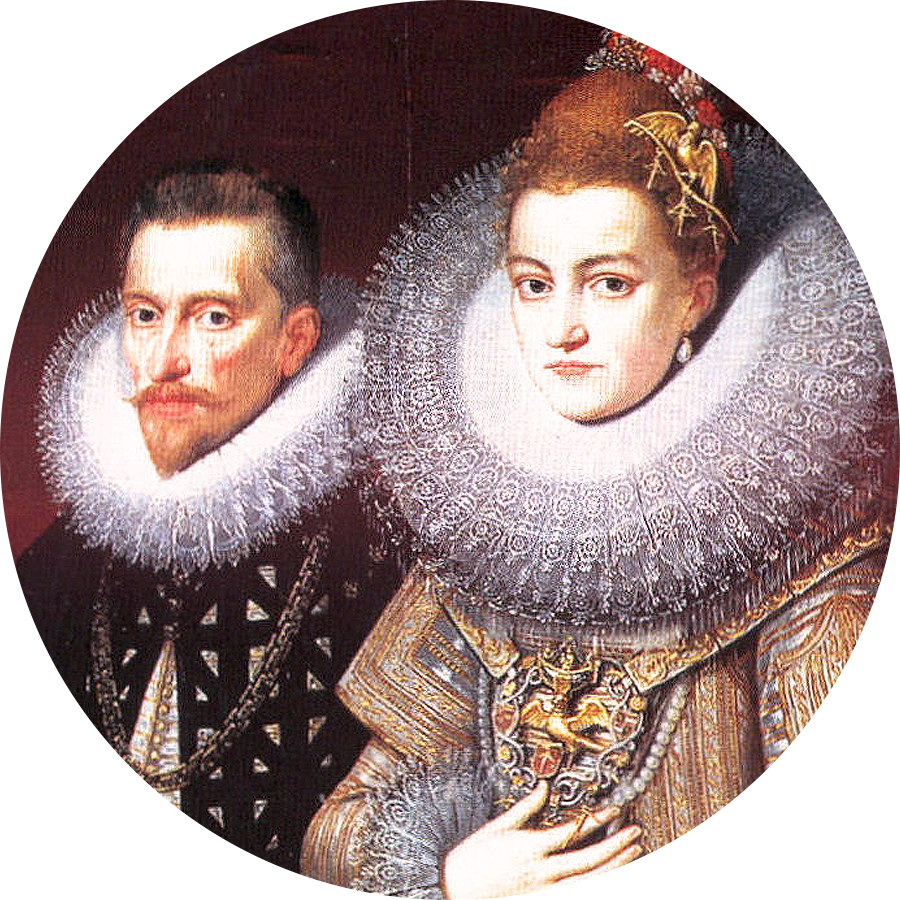
1559-1621 (Albert) and 1566-1633 (Isabella): Following the death of Parma, a series of governors all served briefly to oversee the now decidedly Habsburg southern Netherlands (i.e. what would mostly become modern Belgium and Luxembourg). This revolving door would end after 1595.
It was at that time the daughter of Philip II, Isabella, and her husband, the Austrian Habsburg nobleman (and former Catholic Cardinal!) Albert and Isabella (daughter of of Philip II) assumed the governorship. Together, they would spend the next few decades seeking to chart a somewhat-autonomous course from the court in Madrid, eventually leading to a cease fire in 1607 that was followed by the Twelve Years Truce in 1609.
For More: Werner Thomas, Albert & Isabella. The Promise of a Golden Age and Dries Raeymaekers, One Foot in the Palace: The Habsburg Court of Brussels and the Politics of Access in the Reign of Albert and Isabella, 1598–1621
